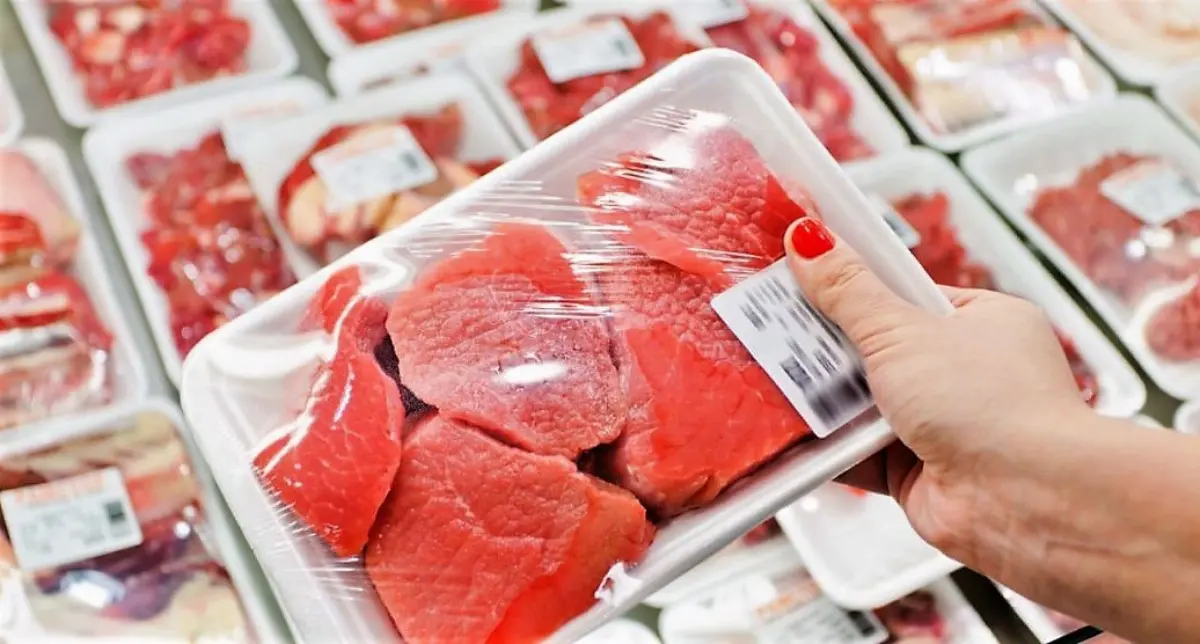
Do you want to access to this and other private contents?
Log in if you are a subscriber or click here to request service
EU modifies maximum cadmium levels in some food products
Commission regulation published in the Official Journal

On 11 August 2021 the Commission regulation (EU) 2021/1323 was published in the Official Journal. This modifies regulation (EC) no. 1881/2006 as regards the maximum levels of cadmium in some food products. The European Food Safety Authority concluded that cadmium is especially toxic to the kidneys and particularly to proximal tubular cells, where it accumulates over time and can cause kidney dysfunction....
hef - 20515
EFA News - European Food Agency
EFA News - European Food Agency